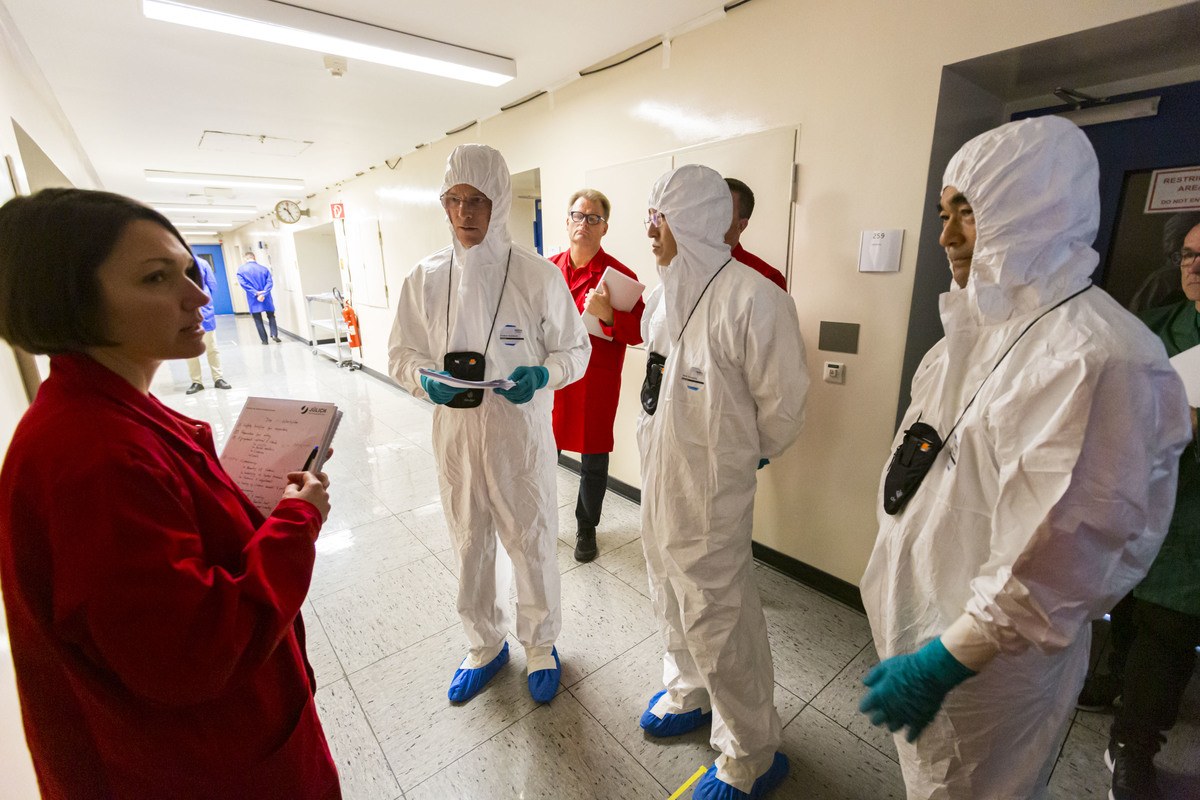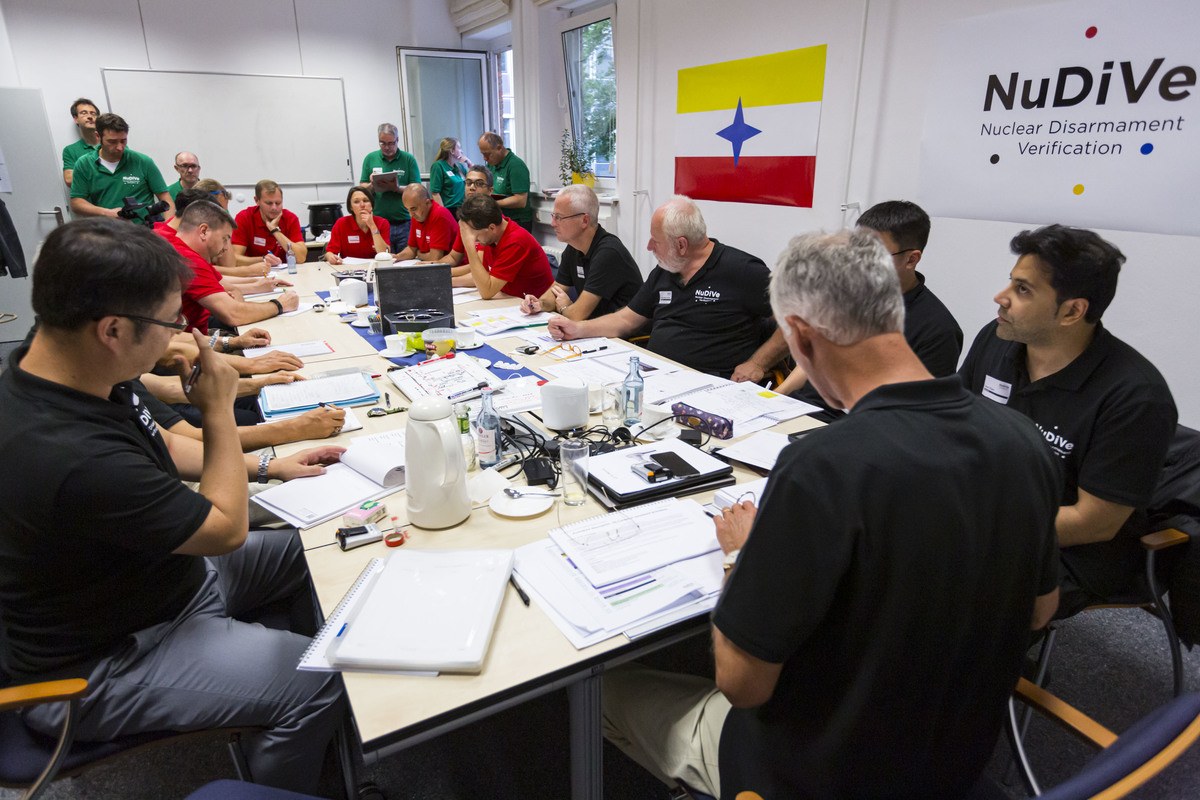Twenty-two participants from 11 IPNDV partner countries gathered at Forschungszentrum Jülich in Jülich, Germany on September 23 to participate in the Nuclear Disarmament Verification (NuDiVe) Exercise, jointly organized by France and Germany. This week-long exercise, focused on the dismantlement phase of the IPNDV 14-step framework, aims to assess how chain-of-custody concepts developed by the partners during Phases I and II can be applied to nuclear warheads and their components during and after dismantlement in a way that strengthens confidence and effectiveness. Beyond its technical exploration, NuDiVe also will facilitate the sharing of knowledge and experience between countries with and without nuclear weapons regarding the conduct of inspection activities while respecting non-proliferation, safety, and security obligations, as well as other national security constraints.
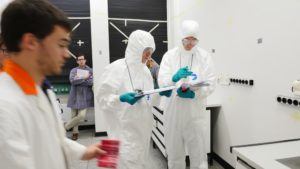
The exercise places participants into three teams – Inspection Team, Host Team, and Evaluation Team – each with unique duties and responsibilities. Following a two-day training course, the participants will spend three days exercising notional procedures, using actual monitoring and inspection equipment, along with surrogate radioactive materials to replicate the special nuclear material found in a nuclear warhead. Participants from the Inspection and Host teams will test each of the procedures while the Evaluation Team critically assesses the exercise (inspection procedures, inspection equipment, and exercise planning, preparation, and training) to identify valuable lessons.
This exercise is part of the IPNDV’s effort to take its work “from paper to practice”– testing technologies and concepts and working to demonstrate results. Participants will prepare an evaluation report to highlight the lessons learned from the exercise that can be applied to the IPNDV’s on-going work. The aim is that outcomes will enrich the collective understanding of the Partnership and may lead to new tabletop or in-field exercises.
Download the NuDive Evaluation Report
Above Photo Copyright: Forschungszentrum Jülich / Tobias Schlößer
